Contents
Landmarks
ALSO BY LEANNE ELY
Saving Dinner
Saving Dinner the Low-Carb Way
Saving Dinner for the Holidays
Saving Dinner the Vegetarian Way
Part-Time Paleo
INTRODUCTION
Home Ec, that once-ubiquitous high school class where cooking and sewing reigned supreme, has left the building. The school building, that is. They dont teach it anymore, as far as I can tell. At least, based on the e-mails I receive here at Saving Dinner Central. Perhaps todays Home Ec (if it does exist) has more to do with putting takeout restaurants on speed-dial than actually cooking something. Cooking has become somewhat of a lost art, and I feel it is my duty to help people of all ages and stages of life to reclaim it.
I have had a lot of e-mail over the years asking for help with basic cooking skills. I have explained to my various correspondents in excruciating detail how to chop an onion (and how to safely wield a knife on a variety of other vegetables that need processing); how to tell when pasta is done; how to cook a butternut squash; how to saut or simmer; and how to determine when something has reached a rolling boil. I have explained in laborious specifics which foods to freeze and which not to freeze; how to measure (dry and wet ingredients alike); and how to pure in batches, as opposed to all at once and having the soup explode all over the kitchen (including the ceiling), giving new meaning to the term Rorschach test. One of my all-time, perplexing e-mails came from a Menu-Mailer subscriber who claimed that it took her an hour to prepare a simple recipewith a full five minutes to chop one lowly onion! Thats when I knew: these folks need some real help with the basics.
This book will explain that the kitchen is more than a room with large appliances in it. And that the kitchen is actually the heart of the home, where you can make good smells emanate at meal-appointed times, just as your mom did. Cooking isnt brain surgery; it isnt even as complicated as removing a tricky splinter. With the simple explanations in this step-by-step, get-you-through-it guide, Saving Dinner Basics will help you get beyond the intimidation factor and cook with full confidence.
The goal of Saving Dinner Basics is to be a quick go-to guide to whats important in the kitchen, and what you need to know to cook with my cookbooks at least. The other stuff not included in this book? Well, there are tons of huge, comprehensive tomes out there that promise to teach you to do everything else in a kitchen that you may or may not want to do. As for me and my house, well stick with whats on these pages, thank you very much. Life is easier when youre not wringing your hands over a puff pastry recipe.
What sets Saving Dinner Basics apart from your mothers basic cookbook is that its fun, its hip, and its simple without all the fuss. The other day I was reading in a basic cookbook about how to mince garlic. It was a three-step process, complete with pictures. To that I say, fuggedaboutit! What a colossal waste of time. Get a garlic press and get on with it, already. Why spend 3 minutes of your life on a 5-second task for the same result? Thats how Saving Dinner Basics is differentwere going to have some fun here and toss out the stuff that doesnt matter.
A Note from My Editor
Caroline Sutton, my very proficient editor (and very capable home cook) at Ballantine, made some great points when we were discussing this book. What stayed with me in particular was when she said, Im a good cook because I dont think there is a right way and a wrong way. There is a way that works and a way that doesnt. The one that works is the one that produces results that I like and therefore want to eat.
I like that. So true! We tend to get hung up on this notion that we have to do it right or not at all. Caroline takes this concept a step further and says, Julia Child might be grading my mother, but she is not grading me. Nor is she eating my dinner.
Isnt that a relief? To know that it isnt about being perfect in the kitchen? It really is time to get over ourselves and get on with it. A few techniques and some know-how under your belt, and you too can give the directions the boot (as my editor would) and improvise on ingredients. For right now, though, lets get you over the kitchens threshold. You gotta start somewhere; and from where I stand, that would be right where you are. Lets get busy!
WHO NEEDS THIS BOOK?
David Letterman is famous for his nightly top-ten lists. Its been a long time since I stayed up late enough to catch Letterman, but I have been known to create a top-ten list myself on occasion. So may I have a drumroll, please?
THE TOP TEN REASONS YOU MIGHT NEED THIS BOOK
(in descending order of importance):
10. You think you know how to cook because you know the difference between the microwave and the DVD player.
9. You think a wok is something you take your dog on.
8. You think folding egg whites has something to do with laundry.
7. You had to take out a second mortgage on your house to finance your takeout habit.
6. Your idea of a happy meal is when your mom does the cooking.
5. The only reservations you have about cooking are in the yellow pages under Restaurants.
4. The contents of your refrigerators crisper resemble a 6th-grade science fair project on slime.
3. When your smoke alarm goes off, the kids ask, Whats for dinner?
2. The local drive-thru sends you a Christmas card every year.
1. The neighbors are beginning to think you have a thing for the pizza guy!
PART ONE

BASIC KNOW-HOW
CHAPTER ONE
EQUIPPING THE KITCHEN: TOOLS OF THE TRADE
I t seems like the world is obsessed with the gizmos and gadgets that illustrate a cutting-edge kitchen, rather than interested in the more utilitarian (and admittedly less snazzy) kitchen that gets plenty of use. I remember years ago when I was catering that one of my clients had this amazing kitchena six-burner Wolf range, a fabulous Sub-Zero fridge, and all the latest and greatest tools a person could lust for. And yet, this poor woman would have to call her mother to figure out how to boil a pot of water. She was totally hopeless in the kitchen. She looked great, her kitchen looked great, but the bottom line? She was a wannabe cook and couldnt find her way around that kitchen, even with an illustrated map.
Most people dont want to live out their culinary lives with kitchen setsthey really want to cook and make things happen in the kitchen, like breakfast, lunch, and dinner and an occasional dessert, too. To get there, youre going to need to make sure your kitchen is ready for real-life action, and not a photo shoot for a magazine. That means you are going to need tools and equipment, not gizmos and gadgetstheres a big difference.
So lets get to it, shall we? Get your kitchen tricked out with what you need, and leave the junk behind. I have lots of suggestions here: equipment and such that is essential, and a good description of how to set up your own kitchen. Once youre really cooking (preferably with gas), then you can add some more goodies to your basic setup. Youll figure out what you want to add as you go alongthats how your kitchen reflects your own unique cooking personality. Maybe youve taken pasta making to a new level; it is completely appropriate for you to buy a pasta machine so you can make your own. This is what I mean by having kitchen tools and appliances that reflect your own unique cooking style. Just be careful! Ive never met a kitchen store I didnt find irresistible. Its easy to fall madly in love with an expensive gadget and promise yourself that you will soon be making homemade ice cream or pasta. Inexpensive gadgets are much easier to justify (hey, its only five bucks), but these one-trick items can crowd your drawers and cupboards and make the essential necessary tools hard to find when you need them. Being discerning has saved me from chucking expensive (and inexpensive) nonessential equipment to the Goodwill.

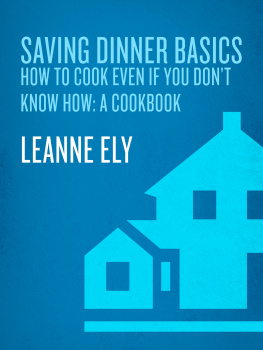
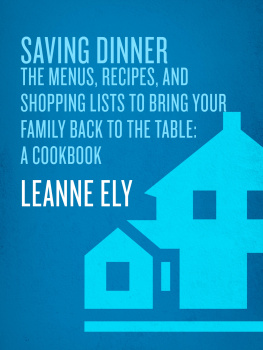

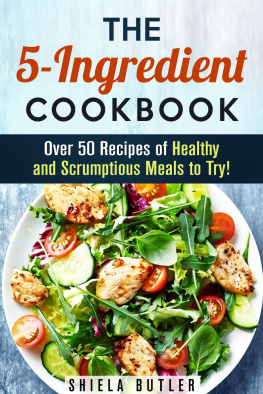
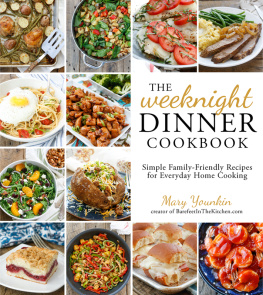


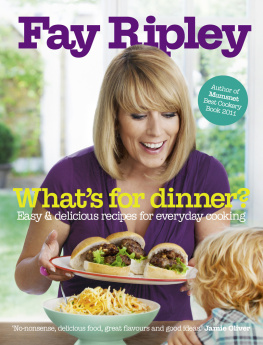

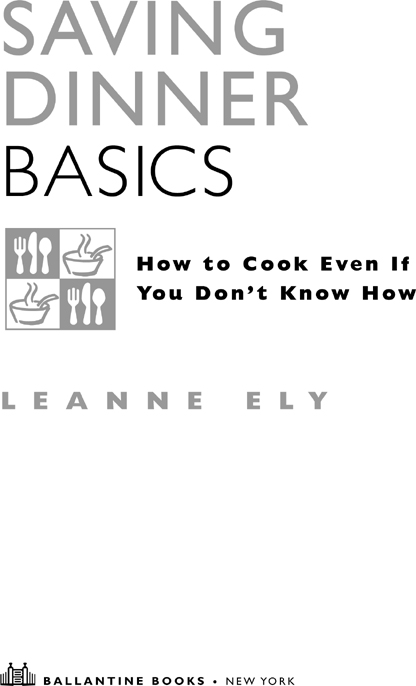
 BASIC KNOW-HOW
BASIC KNOW-HOW